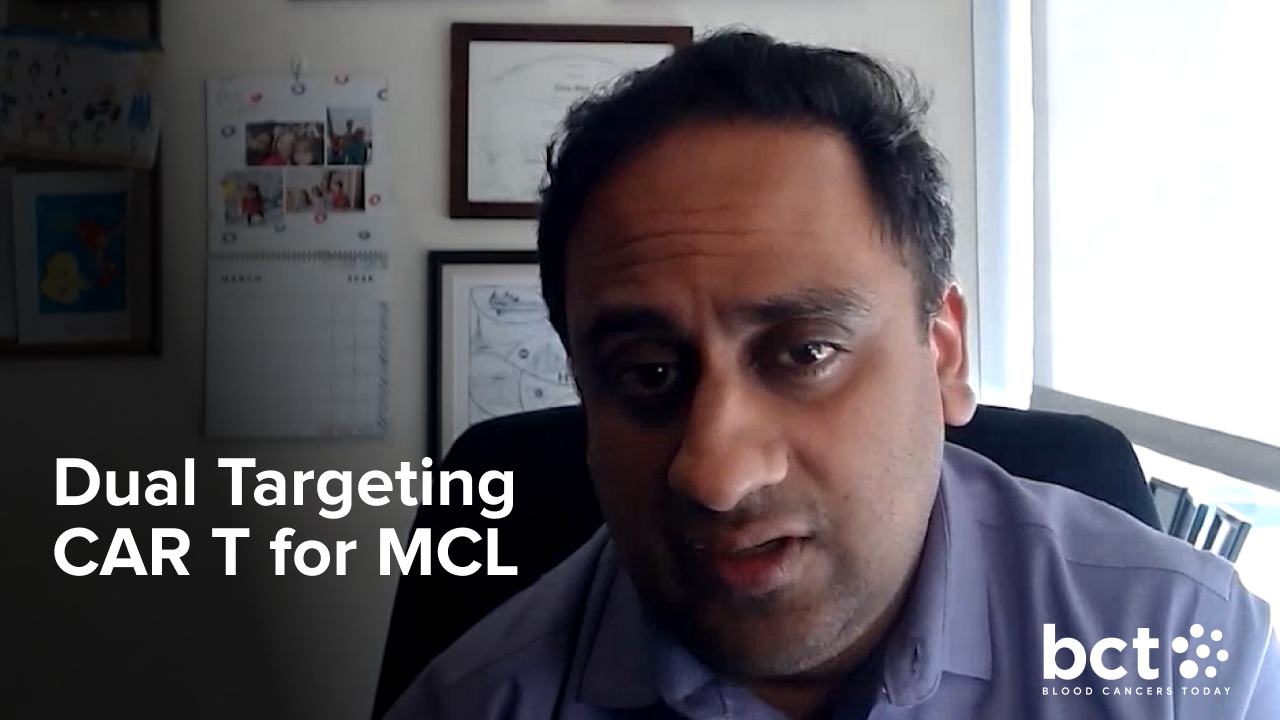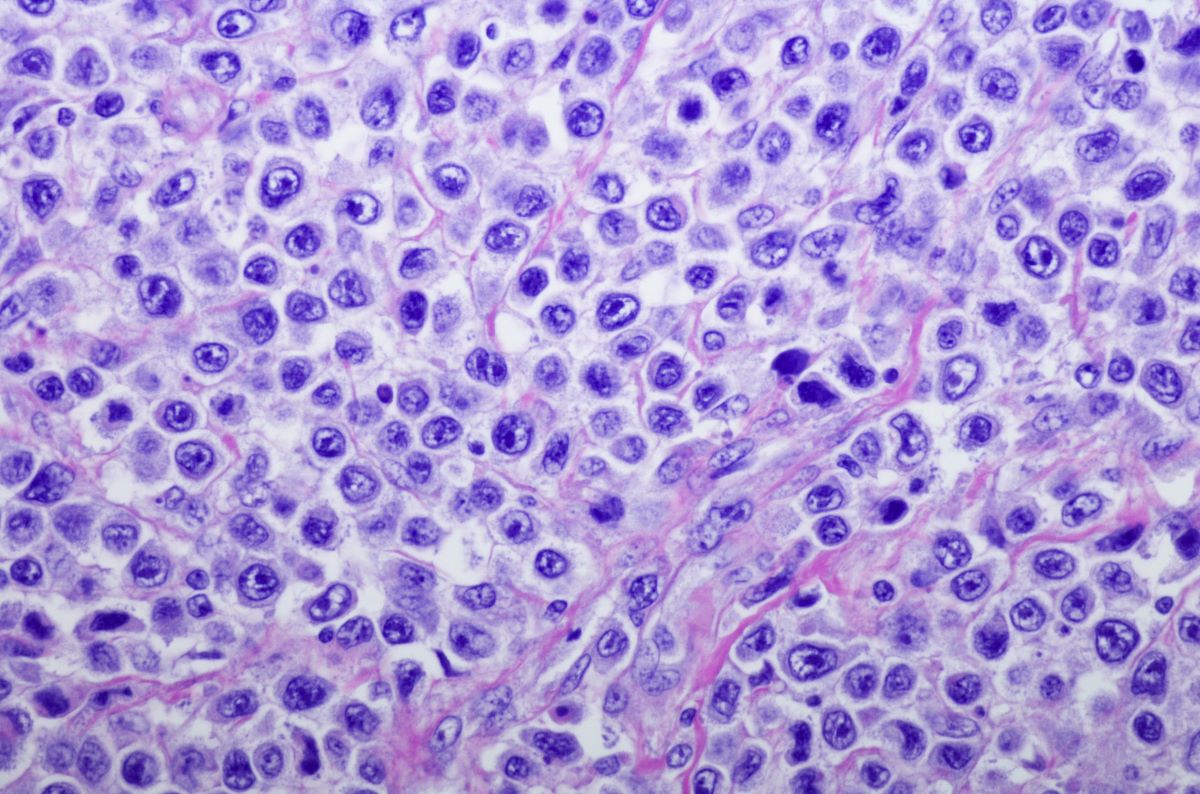
Results from a phase II clinical trial support the use of acalabrutinib plus rituximab as a first-line treatment approach in older patients with mantle cell lymphoma (MCL).
The results were presented during the 17th International Conference on Malignant Lymphoma in Lugano, Switzerland, by Preetesh Jain, MBBS, MD, DM, PhD, of the University of Texas MD Anderson Cancer Center, and colleagues.
The single-arm, phase II clinical trial enrolled 50 previously untreated patients with a median age of 69 years (range, 65–81) from a single institution. Patients with known cardiac risk factors such as atrial fibrillation were excluded.
Patients received acalabrutinib 100 mg orally twice a day and intravenous rituximab weekly for the first four weeks, followed by once a month for 12 months, and subsequently once every two months for a total of 24 months. The primary objective was to assess the best overall response rate (ORR) rate after acalabrutinib plus rituximab. Responses were assessed per Lugano response criteria. The researchers also conducted a clonoSEQ-based measurable residual disease (MRD) assessment.
One patient was not evaluable for response at 12 weeks. Overall, the best response was a 94% ORR, with a 90% complete response (CR) rate, a 4% partial response (PR) rate; and a 6% nonresponse rate. The median number of cycles to a complete metabolic response was three (range, two to seven). Of the 28 evaluable patients, 14 were MRD negative at the last follow-up.
With a median follow-up of 14 months, the median PFS and OS were not reached (two-year OS rate, 92%; two-year PFS rate, 96%). Nine patients (18%) came off the study, including three due to adverse events (syncope, atrial fibrillation, intolerance), three due to disease progression, one due to melanoma recurrence, one due to patient choice, and one due to an “unusual” monocytosis, the authors reported. Two patients died, including one on trial with primary progression.
The most common all-grade toxicities were fatigue (82%), myalgia (64%), headache (38%), and bruising (28%). Less than 1% were grade 3 or higher.
“Chemotherapy-free frontline therapy with [acalabrutinib plus rituximab] is highly effective and safe and induced early CR in older patients with MCL,” the authors concluded.
Reference
Jain P, OK C y, Fetooh A, et al. Acalabrutinib with rituximab as first-line therapy for older patients with mantle cell lymphoma—a phase II clinical trial. Abstract #099. Presented at the 17th International Conference on Malignant Lymphoma; June 13-17, 2023; Lugano, Switzerland.






 © 2025 Mashup Media, LLC, a Formedics Property. All Rights Reserved.
© 2025 Mashup Media, LLC, a Formedics Property. All Rights Reserved.